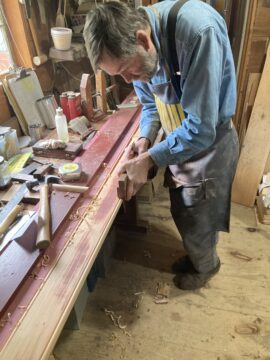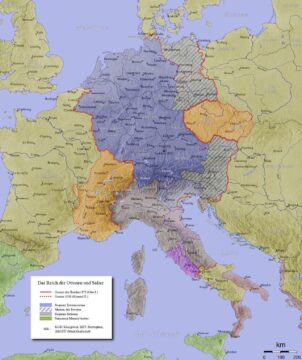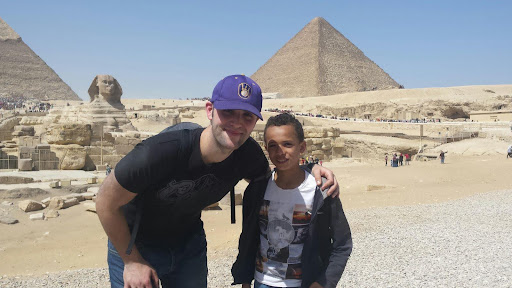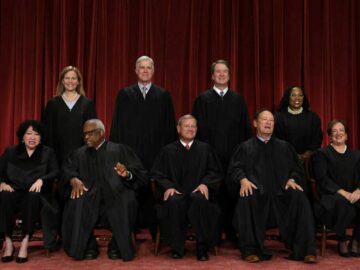by Mike Bendzela

This concludes the story from last month about the ongoing restoration of a Maine farmhouse by woodworker Don Essman, who is also my spouse. Over the years, Don had built up enough trust with the southern states descendents of the historic property to be permitted to live on the farm rent-free, in exchange for his completing yearly construction and restoration projects. Before I arrived on the scene in 1985, he had re-sided parts of the kitchen ell with clapboards; installed a hand-pumped cistern in the attic to supply running water to the kitchen; and bought a wood-fired Glenwood cook stove from a neighbor with a piped-in water front to heat hot water as needed. A calf waterer set up in the kitchen and filled with hot water was suitable enough for him as a bathtub. He also put new sill timbers under the front of the main house; he reframed walls, insulating with fiberglass as he went; and he began replacing the large windows installed in the late 19th century to “Victorianize” the place with smaller, more period appropriate nine-over-six window sashes.
For years he used the old privy or “four-holer” (an outhouse connected to the barn), which never bothered him. The one time his parents visited Maine in those early years, his mother understandably wouldn’t use the privy and asked to be driven to a gas station to use the restroom. Only at the urgings of the owner and a future roommate did Don install an electric water pump and a modern bathroom. The facilities were completed by the time I moved in with him in 1986. Read more »



 The stock market, social media, award contests, product reviews, beauty contests, social media, fashion styles, job applications, award contests, product reviews, and even elections, don’t seem to belong in the same crowded sentence. What do they have in common? Before I get there, a couple of abstract analogues to pave the way.
The stock market, social media, award contests, product reviews, beauty contests, social media, fashion styles, job applications, award contests, product reviews, and even elections, don’t seem to belong in the same crowded sentence. What do they have in common? Before I get there, a couple of abstract analogues to pave the way.









 groups of citizens. Let’s call them the Shirts and the Skins. The Shirts believe homosexuality is an abomination that stinketh in the nostrils of the Lord, and abortion is baby murder. The Skins believe homosexuality is perfectly normal and natural, and abortion is a woman’s right. How can we build a society where those groups can get along without killing each other?
groups of citizens. Let’s call them the Shirts and the Skins. The Shirts believe homosexuality is an abomination that stinketh in the nostrils of the Lord, and abortion is baby murder. The Skins believe homosexuality is perfectly normal and natural, and abortion is a woman’s right. How can we build a society where those groups can get along without killing each other?



 Sughra Raza. Decay Saturated. Vermont, April, 2017.
Sughra Raza. Decay Saturated. Vermont, April, 2017.